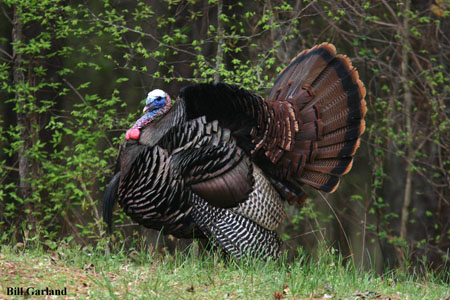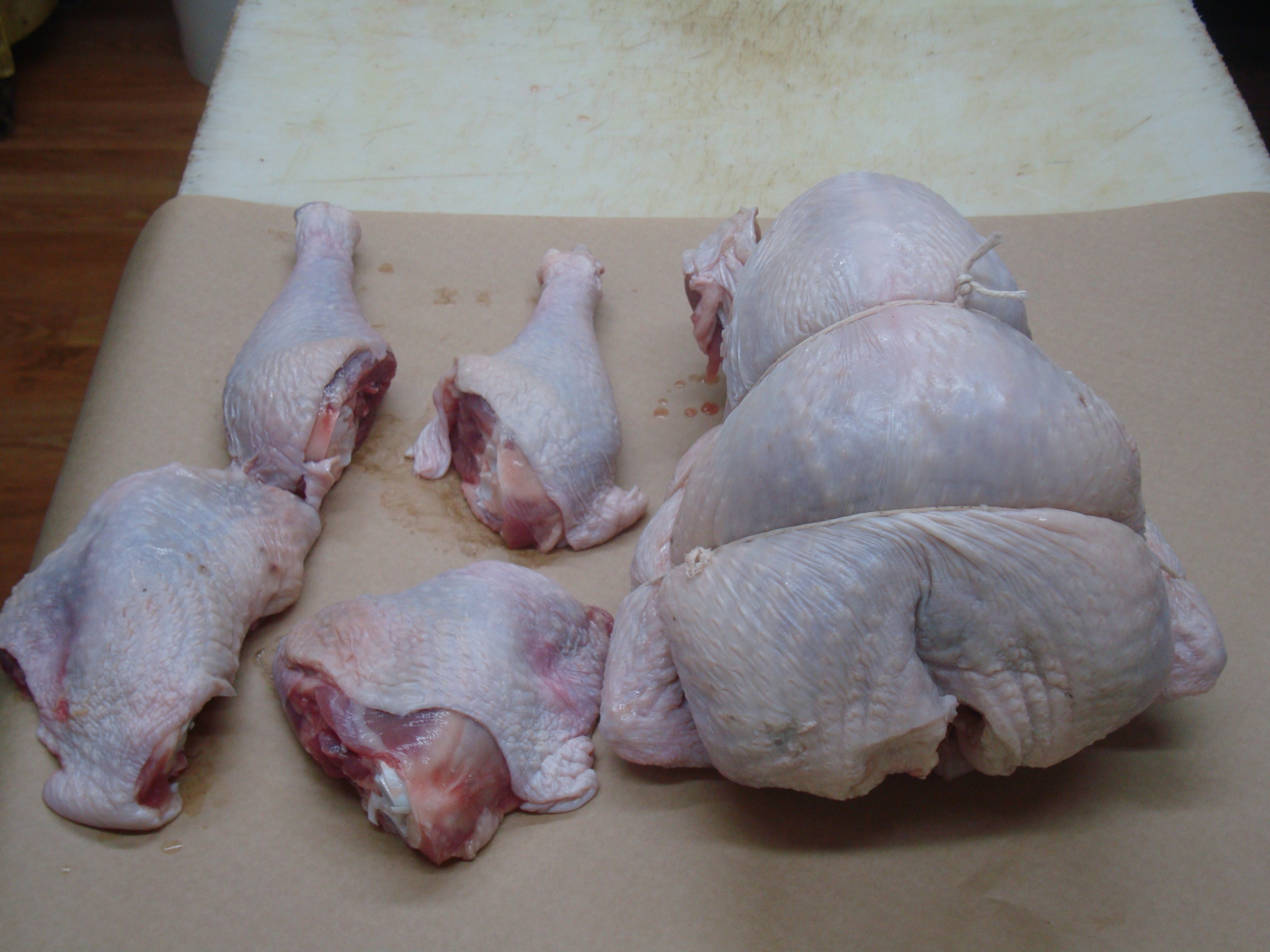A common customer request at Thanksgiving is for a "wonderful, fresh turkey." The wonderful part is easy--we sell you an Empire Kosher Turkey, you follow our instructions and get a great result. But the fresh part--well, that's problematic. The simple fact is that...
Blog
Alternative Method for Roasting a Turkey
I have an alternative to my traditional turkey roasting method. What follows is a method I've ripped off from Julia Child,you know who she is, and, Harold McGee, the author of "On Food and Cooking" and a few other complicated tomes about the chemistry and physics of...
Making Roast Chicken
So, what's a good meal to complement two consecutive days of rain? Well, if you run a meat shop, and you have a cooler full of good stuff, you might want to roast a chicken. So, that's what I decided to do. I started off with one of these amazing dry pluck fryers. ...
Tell It Like It Is
So, I received a call this morning around 10am (Oct. 23) from a woman in New York. She quickly identified herself as the daughter of a long time customer and explained that her mother had been bringing her items from Mister Brisket for years. How, she wondered, could...


